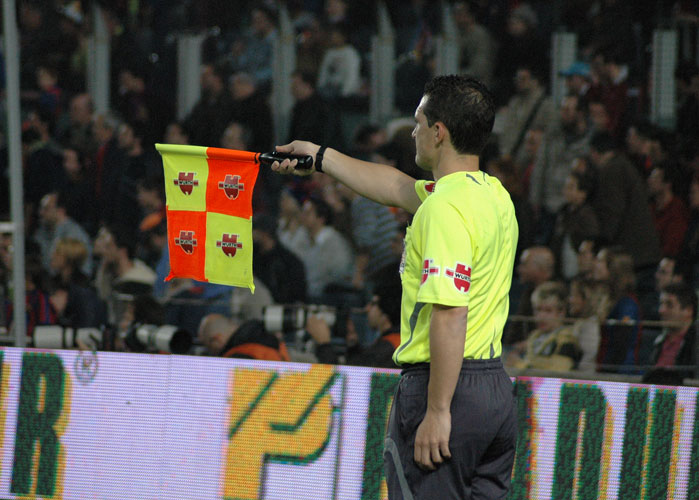So when today's copy of Sport's Illustrated hits newstands featuring US Men's National Team members Clint Dempsey, Landon Donovan and Tim Howard on the cover, one may be tempted to announce that soccer has finally arrived in the US. But the truth is, SI has a respectable history over the past three World Cups of highlighting the USMNT's efforst in the tournament.
2010

Today's cover comes on the heels of two other soccer covers (the most for any year since the magazine was first printed in 1950): a preview of the World Cup on May 29 and an overview of "The Beautiful Game" on May 24.
2006

The USMNT's success in Japan and Korea in 2002, left the American sports scene at attention and wondering if the US had actually arrived on the international sports scene. Were we actually good at this sport the rest of the world seemed inexplicably obsessed with? Unfortunately for US soccer fans and the popularity of the sport, the US hadn't quite arrived and bounced out of the tournament's Group of Death.
2002
 If 2010 is the year of US soccer's maturation, then 2002 was its coming of age. Going into the tournament less than favorites and in the same group as European stalwarts Portugal and Poland and with the energetic hosts, South Korea. Yet after a dynamic win against Portugal and a well fought draw against Korea, the Yanks were into the knock-out rounds.
If 2010 is the year of US soccer's maturation, then 2002 was its coming of age. Going into the tournament less than favorites and in the same group as European stalwarts Portugal and Poland and with the energetic hosts, South Korea. Yet after a dynamic win against Portugal and a well fought draw against Korea, the Yanks were into the knock-out rounds.
And so the US Men's National Team grabbed the attention of the American public by the hair and propelled themselves into the knock-out round. After an emphatic victory against their CONCACAF rivals, Mexico, and a heart-breaking loss to Germany in which even the Germans admitted the US had been the better team, the US exited the tournament in their best finish since the start of the tournament in 1930.
1994
 The 1998 World Cup was a disaster for both the US team and its media exposure. Chalk it up to an uninspired team unable to score more than one goal or to the fact that the tournament was hosted in France, it just never made the media's radar in the States. The 1994 World Cup, however, was hosted in the USA and is generally accepted as the spark for the modern revival of soccer in the United States. The fact that the US was hosting the tournament meant that Sports Illustrated featured the US team on its cover for the first time.
The 1998 World Cup was a disaster for both the US team and its media exposure. Chalk it up to an uninspired team unable to score more than one goal or to the fact that the tournament was hosted in France, it just never made the media's radar in the States. The 1994 World Cup, however, was hosted in the USA and is generally accepted as the spark for the modern revival of soccer in the United States. The fact that the US was hosting the tournament meant that Sports Illustrated featured the US team on its cover for the first time.The bottom line? If Sports Illustrated covers are any indication of a sport's popularity, then soccer is certainly making strides into the American sports consciousness. On the other hand, the number of articles on soccer written for Sport Illustrated has grown exponentially over the past 40 years. It is growth, but it's the kind of generational growth that only happens through excruciatingly small intervals.
All covers (c) Sports Illustrated.



















